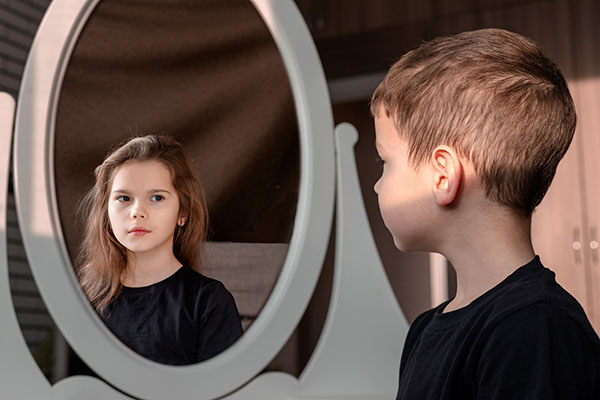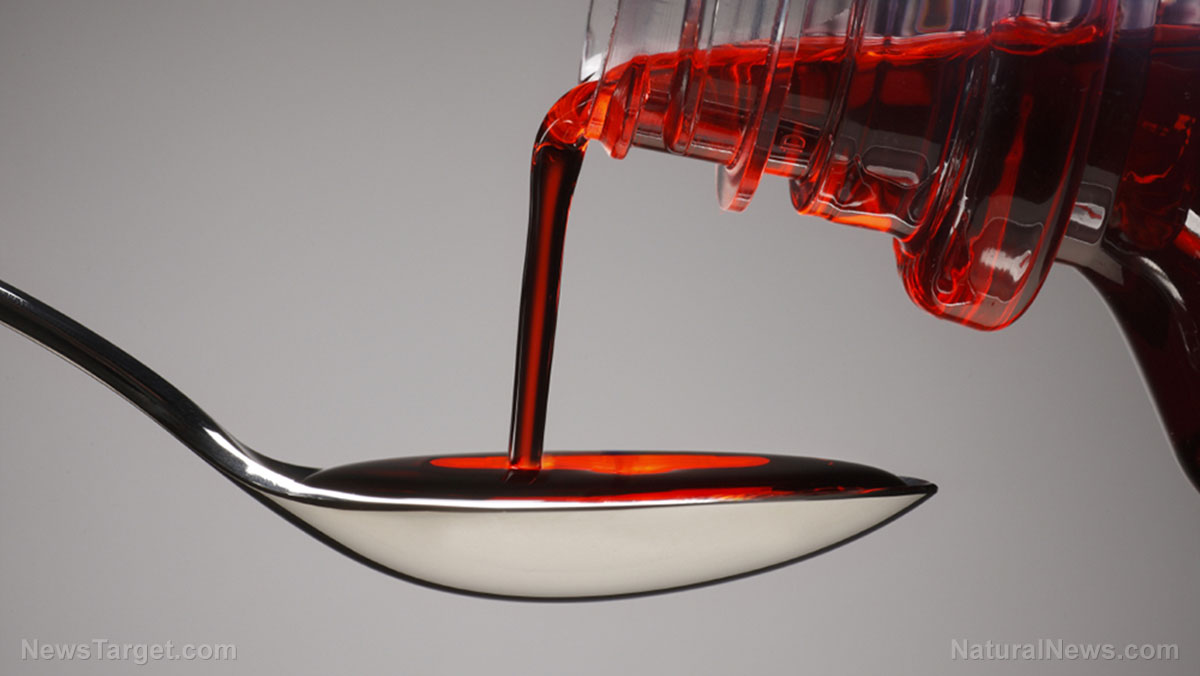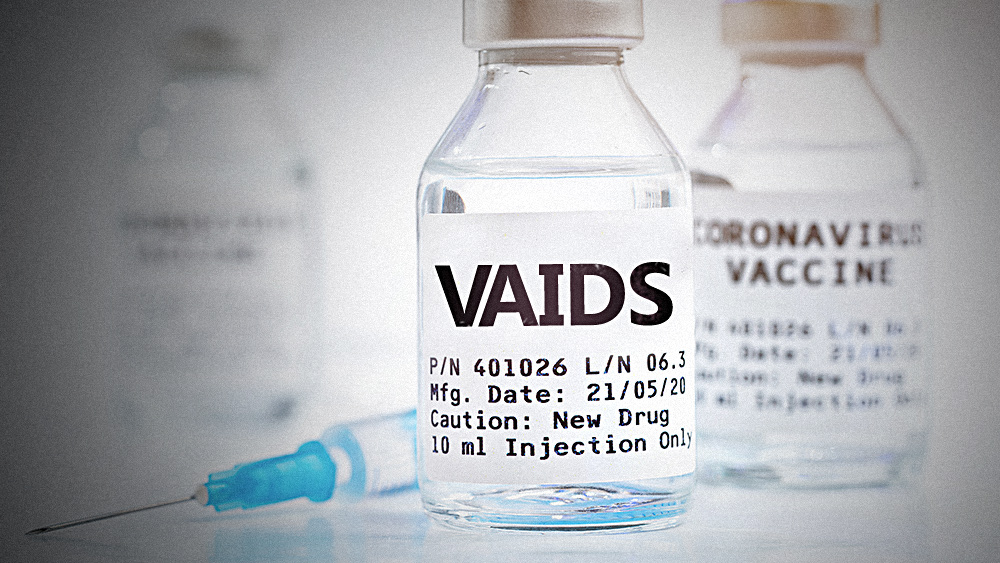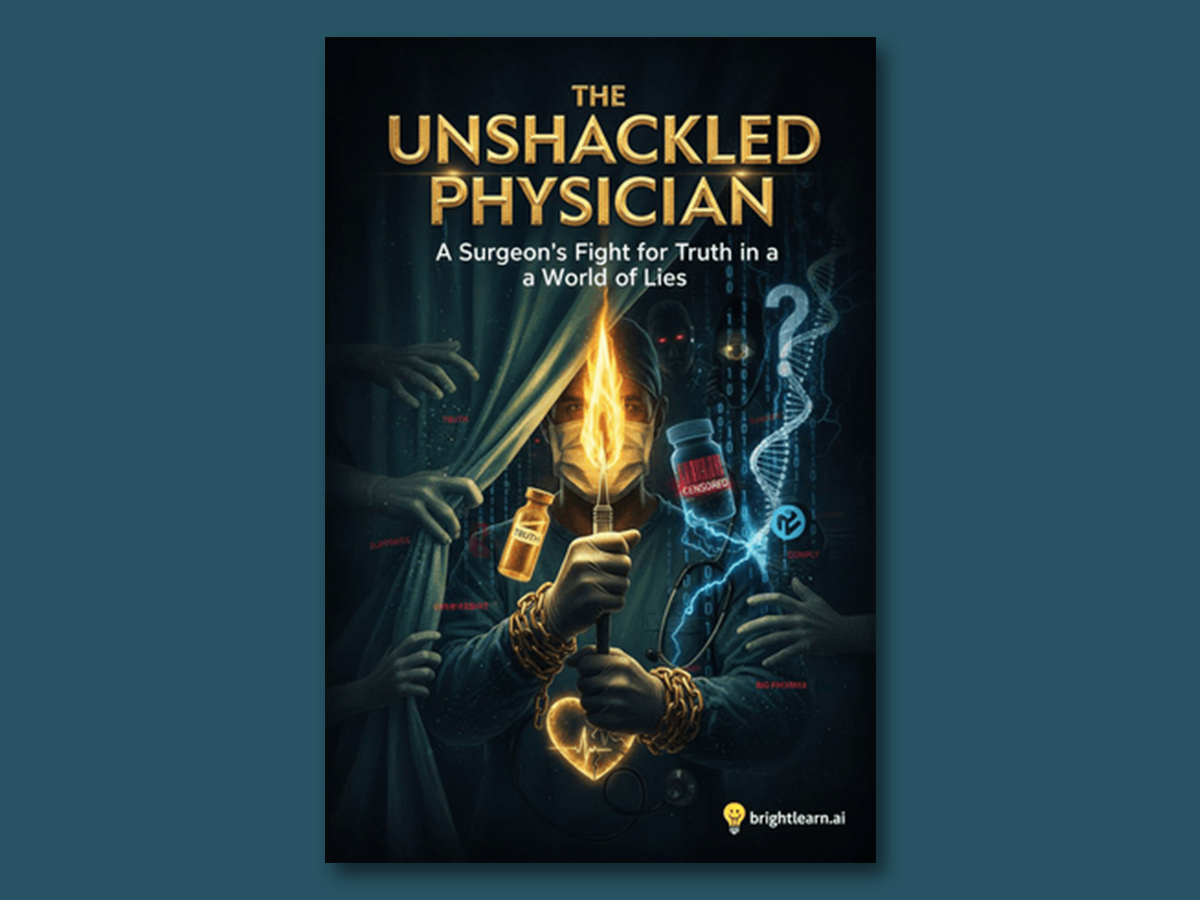Consumer Reports claims children's lunch foods (Snackables) contain toxic levels of lead, cadmium and sodium... but do they really?
By ethanh // 2024-04-14
Tweet
Share
Copy

Urgent action by the United States Department of Agriculture (USDA) is needed, says Consumer Reports, to address the National School Lunch Program, which is poisoning America's schoolchildren with contaminated food.
Consumer Reports testing found that more than 30 million schoolchildren in the U.S. are consuming processed foods that they say are contaminated with high levels of lead and cadmium. The group also lumped sodium in with the two toxins, even though sodium is not a toxin (though it is best when it comes from a natural source like a mine or the sea).
Editor's note from Mike Adams: Consumer Reports' huge warning about lead in #Lunchables food products for children is rather bizarre. I am an accomplished food scientist who runs one of the top food science labs in America. We have multiple mass spec instruments and have conducted tens of thousands of food contamination tests since 2017. Consumer Reports says they found, in the worst example, a grand total of 370 nanograms of lead in a full day's serving of Lunchables. Based on the serving size, if you translate this into ppm or ppb, it comes out to just slightly over 3 ppb (ng/g) for a serving size of 4 oz. (about 113 g). This is not a level of lead to be concerned about, not even close. Consumer Reports cites California's Prop 65 law to cause alarm, but Prop 65, which was originally passed as a WATER safety law, has bee mis-applied to food for years, mostly as part of a lawfare scheme to attack dietary supplements. The law doesn't apply to grocery foods, and the allowable daily intake levels of lead (0.5 micrograms, or 500 nanograms) are absurd when applied to agricultural food products. You get more lead than that in a single serving of any dish made with ginger, for example. So Consumer Reports is raising alarm by citing a standard (Prop 65) that doesn't even apply to the food products they're testing, and they make it sound like Lunchables are filled with lead, when actually, at 3 ppb, that's one of the lowest levels you'll find in food. Why? Because processed food removes both nutritive minerals and heavy metals. We almost never find high levels of lead in heavily processed foods like Lunchables. @ConsumerReports got this one totally wrong. They are misleading their readers with bad #science. I'm no defender of processed food, and I have far more concerns about the other processed ingredients in Lunchables such as sodium nitrite, but it doesn't lend Consumer Reports any credibility to push a false alarm over lead that's only at levels around 3 ppb.
One of the main products of concern is the Kraft Lunchables product, which contains some combination of processed meat, cheese and crackers.
"We've reduced sodium in crackers by 26 percent," Kraft bragged in an announcement, but not mentioning anything about lead and cadmium contamination. "We are proud of Lunchables and stand by the quality and integrity."
Stick with real food grown and raised organically
Consumer Reports tested 12 different Lunchables products sold on the U.S. market. Scientists discovered that five of the products contain 50 percent more lead than what is legally allowed in the state of California under Prop 65, which describes the nation's most stringent and appropriate food safety regulations. The news was so jarring once it came out that there are now calls for Lunchables products to be removed from grocery store shelves entirely. "There's a lot to be concerned about in these kits," commented Amy Keating, a dietitian from Consumer Reports. "They're highly processed, and regularly eating processed meat, a main ingredient in many of these products, has been linked to increased risk of some cancers." Consumer Reports also looked at similar lunch kits from brands like Armour LunchMakers, Good & Gather, Greenfield Natural Meat Co. and Oscar Mayer. All of these were found to contain some level of lead, cadmium, or both, though none at levels that exceed federal limits. Cadmium has been linked to both kidney and bone disease. Along with lead, it contaminates soils where crops are grown, with some areas and regions of the country being worse than others when it comes to exposure levels. As for sodium levels, Consumer Reports found that the lunch kits contained anywhere from 460 to 740 milligrams per serving, or "nearly a quarter to half of a child's daily recommended limit for sodium." One particular variety of Lunchables, the turkey and cheddar version produced specifically for schools, was found to contain 930 mg of sodium compared to the regular store-bought version of the same variety. "Lunchables are not a healthy option for kids and shouldn't be allowed on the menu as part of the National School Lunch Program," said Brian Ronholm, director of food policy at Consumer Reports. "The Lunchables and similar lunch kits we tested contain concerning levels of sodium and harmful chemicals that can lead to serious health problems over time. The USDA should remove Lunchables from the National School Lunch Program and ensure that kids in schools have healthier options." Though none of the lunch kits tested by Consumer Reports exceeded federal limits for environmental toxins, all but five of them exceeded California's maximum allowable dose level (MADL) for lead and / or cadmium, which was used in lieu of established federal limits for these two toxins, which do not exist. Sources for this article include: Twitter.com NaturalNews.comTweet
Share
Copy
Tagged Under:
food heavy metals toxins ingredients food safety clean food school lunches lead food science cadmium lunch badscience badfood badhealth stop eating poison National School Lunch Program
You Might Also Like
Mayo Clinic study reveals disturbing impact of puberty blockers on testicular development
By Laura Harris // Share
Three jabs and you’re DONE FOR: Operation Warp Speed, cancer and GENOCIDE
By Ethan Huff // Share
Multiple African countries recall cough syrup over high level of TOXIC CHEMICAL
By Ava Grace // Share
Why do some COVID-19 “vaccine” side effects resemble symptoms of HIV?
By Ethan Huff // Share
Recent News
Iran conducts surprise missile drills amid rising tensions with Israel
By kevinhughes // Share
Kremlin denies reports of plans to "restore Soviet influence"
By bellecarter // Share
How AI news bots are quietly reshaping public opinion
By avagrace // Share
The Unshackled Physician: A surgeon's awakening to medical tyranny
By ramontomeydw // Share











